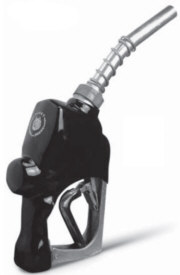
| Find RoadTrip Routes by U.S. region (Click here for a map) |
|
Pacific Northwest |
|
| Find RoadTrip Routes in Canada | |
 Fuel Cost Calculator
Estimate your road trip fuel expenses with this handy tool! It works for miles per gallon or liters per 100 kilometers, whichever you choose... Try it!
Fuel Cost Calculator
Estimate your road trip fuel expenses with this handy tool! It works for miles per gallon or liters per 100 kilometers, whichever you choose... Try it!